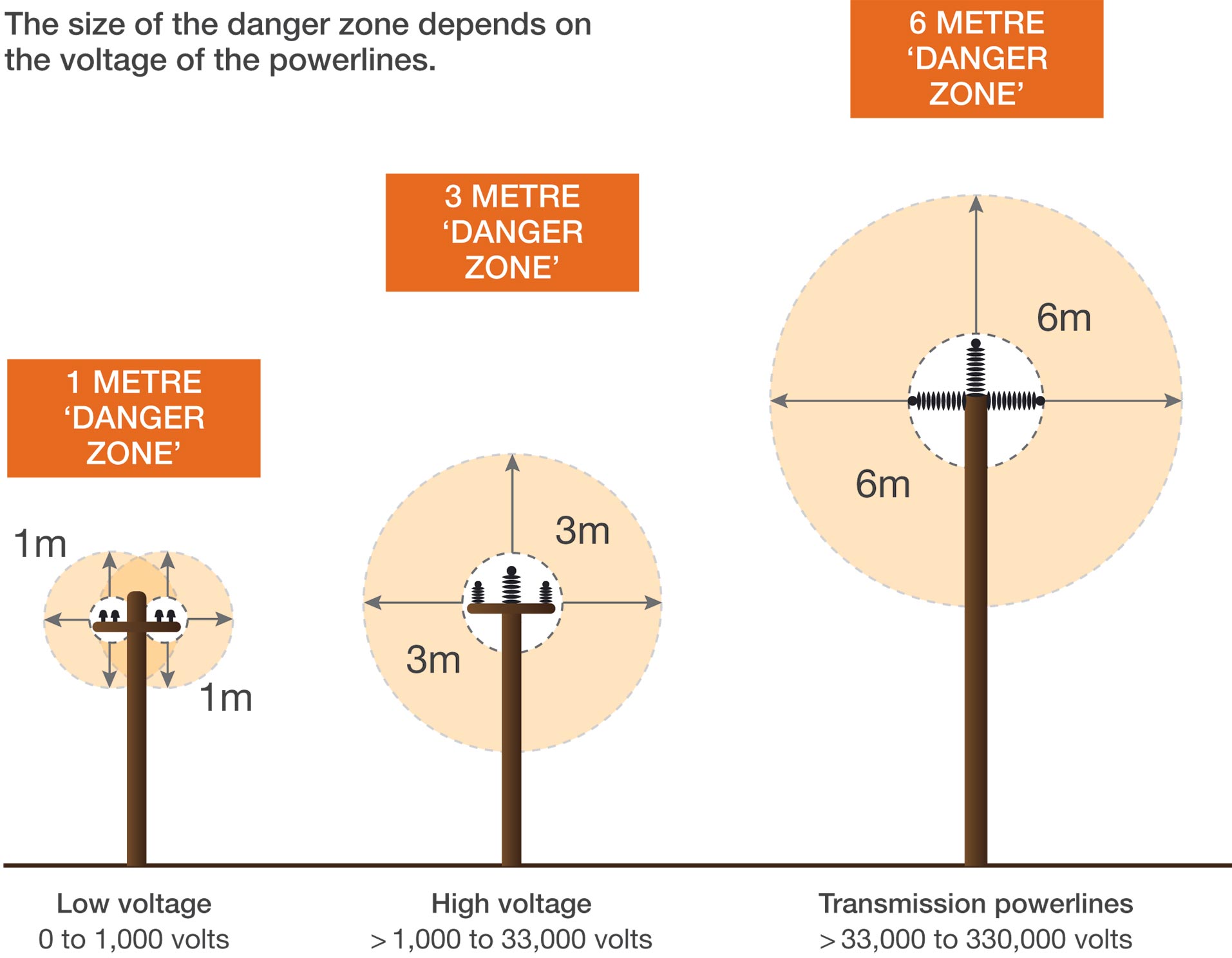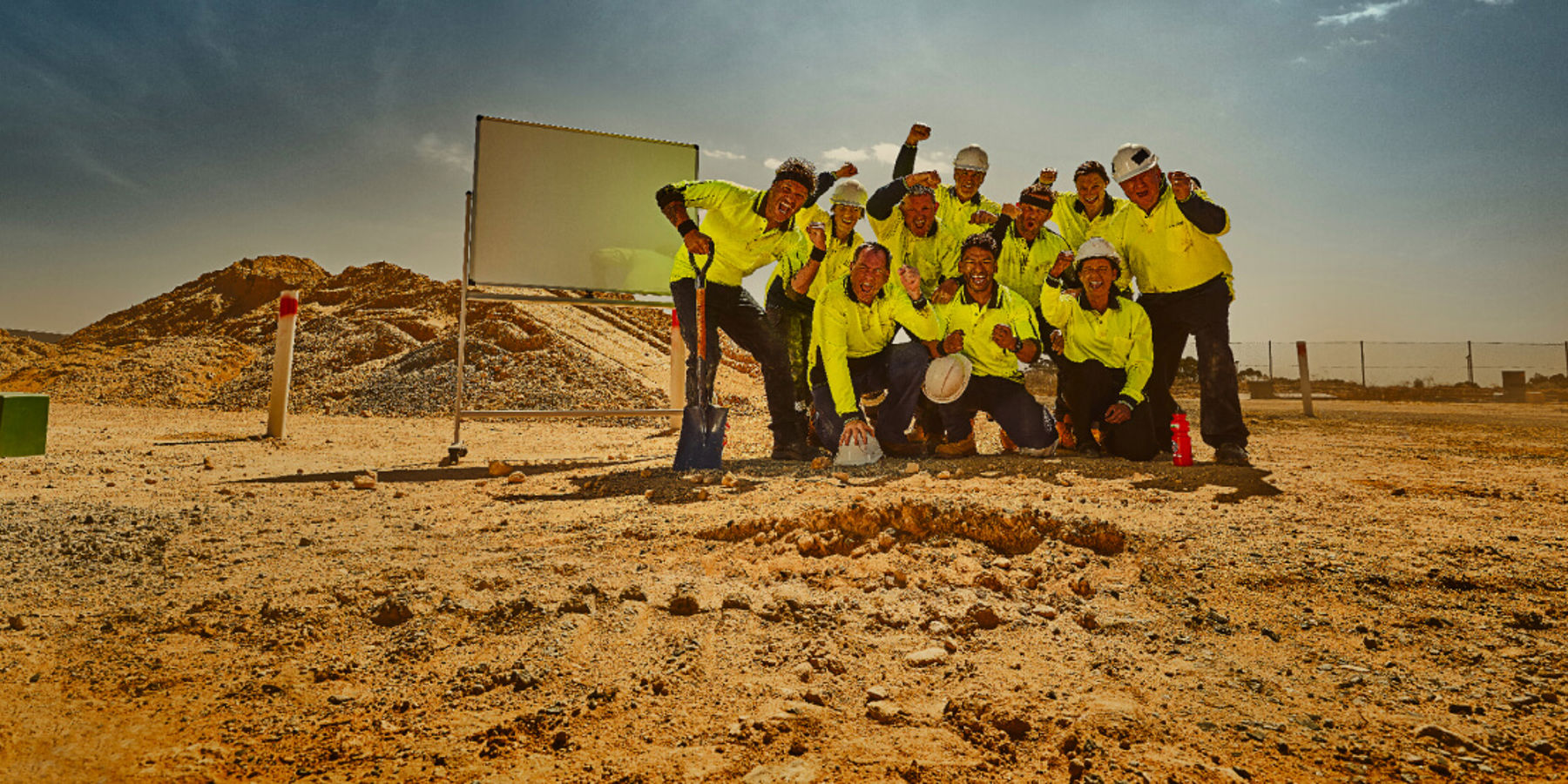Industry Safety
Working near the Western Power network is dangerous
This section provides information on how you can keep safe when you're working near Western Power’s electricity network.
This information should be used in conjunction with the standards and regulations applicable to your industry. You need to ensure that there are adequate risk management procedures in place before working around the electricity network.
It is essential to know the location and voltage of any underground power cables and overhead network assets around your work area to assess the risk and carry out work safely. To get this information, contact Before You Dig Australia or freecall 1100.
Your duty of care to stay out of danger
Anyone who works near the network has a duty of care to Western Power. If it is reasonably foreseeable that your works may impact upon overhead or underground assets then you must demonstrate due diligence.
To assist in this Western Power has identified minimum approach distances for both underground and overhead assets.
Minimum approach distances for underground cables
| Nominal voltage | Minimum approach distance | |
|---|---|---|
| Power tool or plant | Non-powered hand tool/non-destructive digging | |
|
Up to and including 1,000V (low voltage) |
30cm |
Approach with care, avoid contact |
|
1,000V up to and including 33kV (high voltage) |
50cm |
|
|
Greater than 33kV up to and including 330kV (transmission) |
3m* |
|
* Western Power must assess any works within 3m of cables 33kV and above. Permit and/or authorisations for your works may be required.
Non-destructive digging (or potholing) is the use of high pressure compressed air to break up the ground, which is then removed by a powerful vacuum unit.
Danger zones for live electrical apparatus
A danger zone is a specific area surrounding live electrical apparatus that ordinary persons, equipment and materials must not enter. The size of the danger zone is determined by the voltage of the electrical apparatus.
If you are in charge of the work area, it's your responsibility to plan work so it can be carried out safely outside of the danger zone, and that nothing or no one enters it.
If your works enter the danger zone as prescribed in section R166A of the Work Health and Safety (General) Regulations 2022, or you make contact with the network, you may be prosecuted and be liable for any damage to the network.
Danger zones around overhead powerlines

In addition to the above minimum distances, you should refer to your industry’s regulations, code of practice and guidelines.
